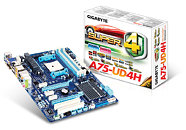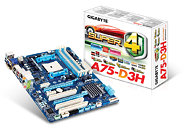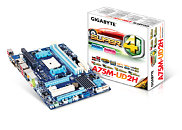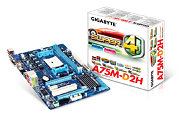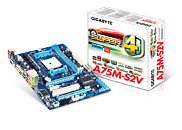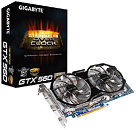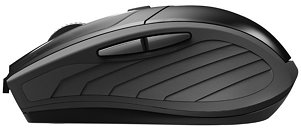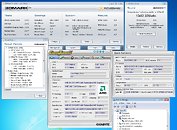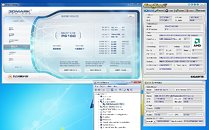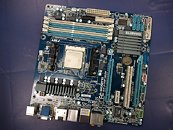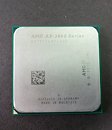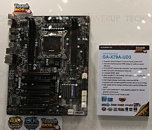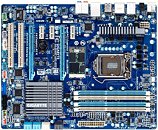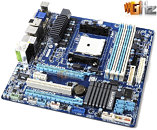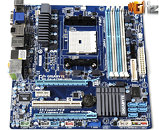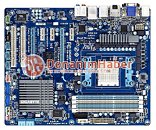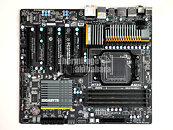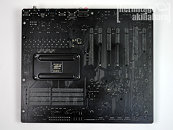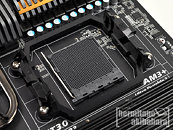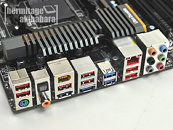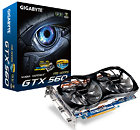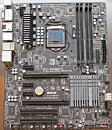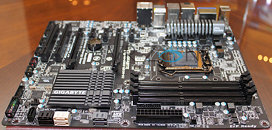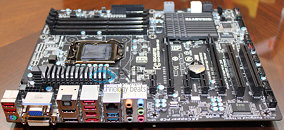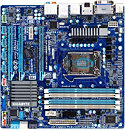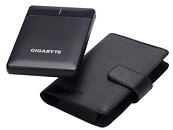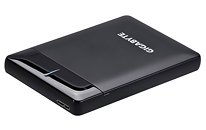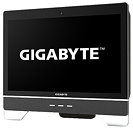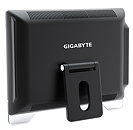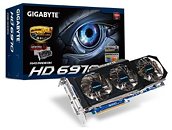CyberPower Debuts Gaming PC Series Powered by AMD A-Series Desktop Platform
CyberPower Inc., a leading manufacturer of custom gaming PCs, today announced a series of desktop gaming PCs based on AMD's new A-series desktop platform featuring all new APUs (Accelerated Processing Units), which integrates the CPU along with the fastest onboard GPU and memory controller into one die to offer low power consumption and high performance at a low cost.
The new A-series APU boasts twice the cache of previous AMD hardware in its class and features integrated the Radeon 6000 series graphics, for a powerful processing unit on a single die. The Radeon HD graphics found on the new APUs are also the first to incorporate Microsoft's DirectX 11 technology for an ultra-realistic gaming experience. Other performance features on the new APUs include the AMD Turbo Core and VISION Engine graphics technology to help digital content like videos, games, and photos look their best, as well as offer native multi-monitor support.
The new A-series APU boasts twice the cache of previous AMD hardware in its class and features integrated the Radeon 6000 series graphics, for a powerful processing unit on a single die. The Radeon HD graphics found on the new APUs are also the first to incorporate Microsoft's DirectX 11 technology for an ultra-realistic gaming experience. Other performance features on the new APUs include the AMD Turbo Core and VISION Engine graphics technology to help digital content like videos, games, and photos look their best, as well as offer native multi-monitor support.


